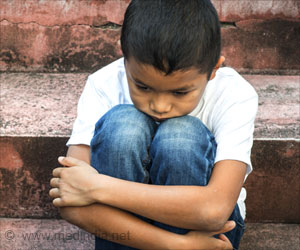The high prevalence of non-suicidal self-injury in adolescents in Germany and the inability of psychotherapeutic interventions to reduce the frequency of self-injury.

‘Cognitive behavioral therapy, dialectic behavioral therapy, and mentalization based treatment show small to moderate efficacy in the treatment of non-suicidal self-injury.’





Treatment is primarily psychotherapy based. The researchers are clear that mental comorbidities will have to be taken into account in this. Using psychotherapeutic interventions can successfully reduce the frequency of self-injury. So far, none of the therapeutic approaches has shown clear superiority. However, randomized controlled studies in adolescents have shown small to moderate effects after cognitive behavioral therapy, dialectic behavioral therapy, and mentalization based treatment. No psychoactive drug has yet been found to possess specific efficacy in the treatment of non-suicidal self-injury. Non-suicidal self-injury is defined as direct, repetitive, socially unacceptable damage to body tissues without any suicidal intent. To this end, affected youngsters cut, scratch, or burn the surface of their skin, for example, or they hit against objects and injure their skin or bones in this way. Self-injury is also relevant in a setting of falsely reporting a crime.
Source-Eurekalert









